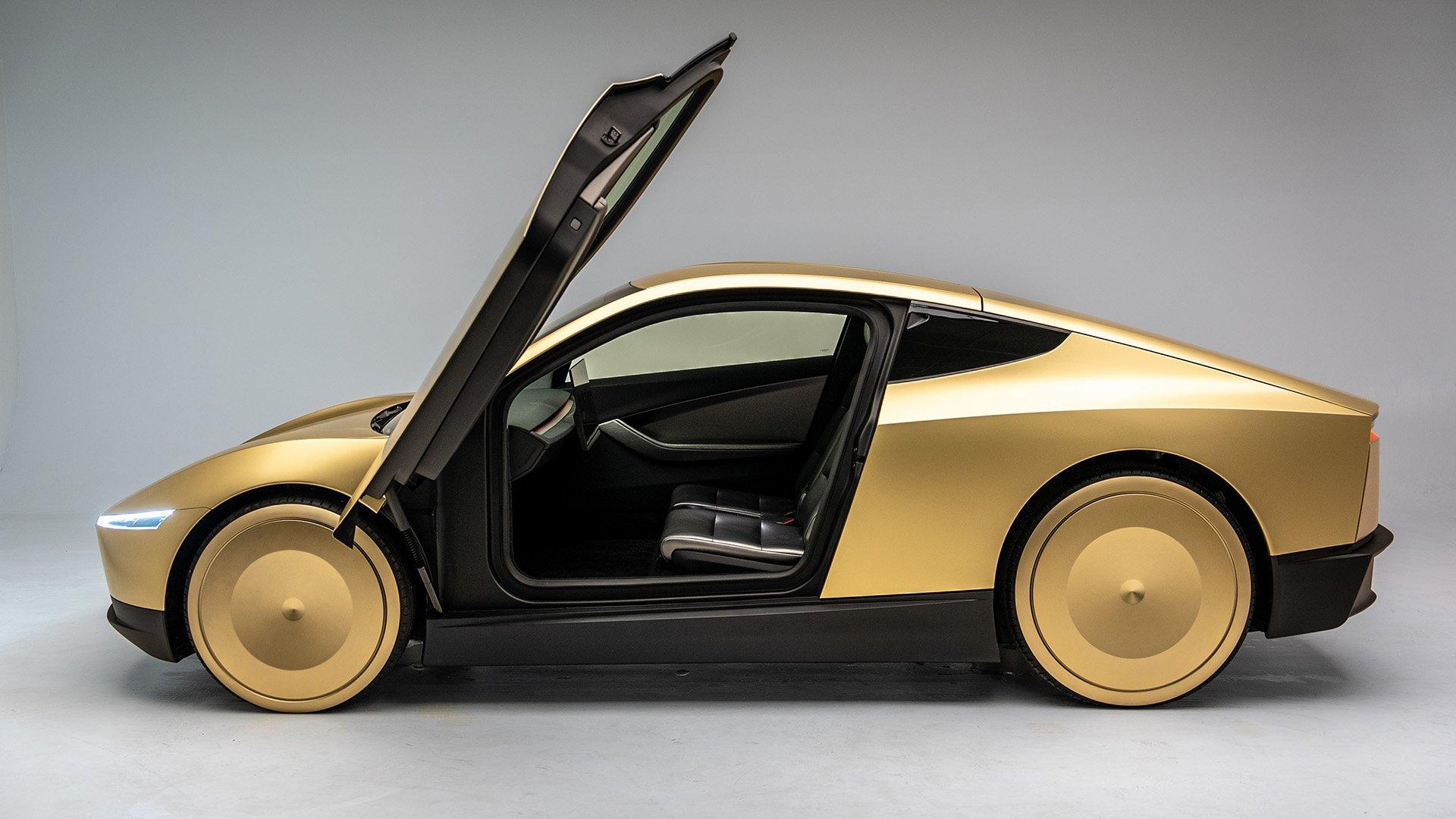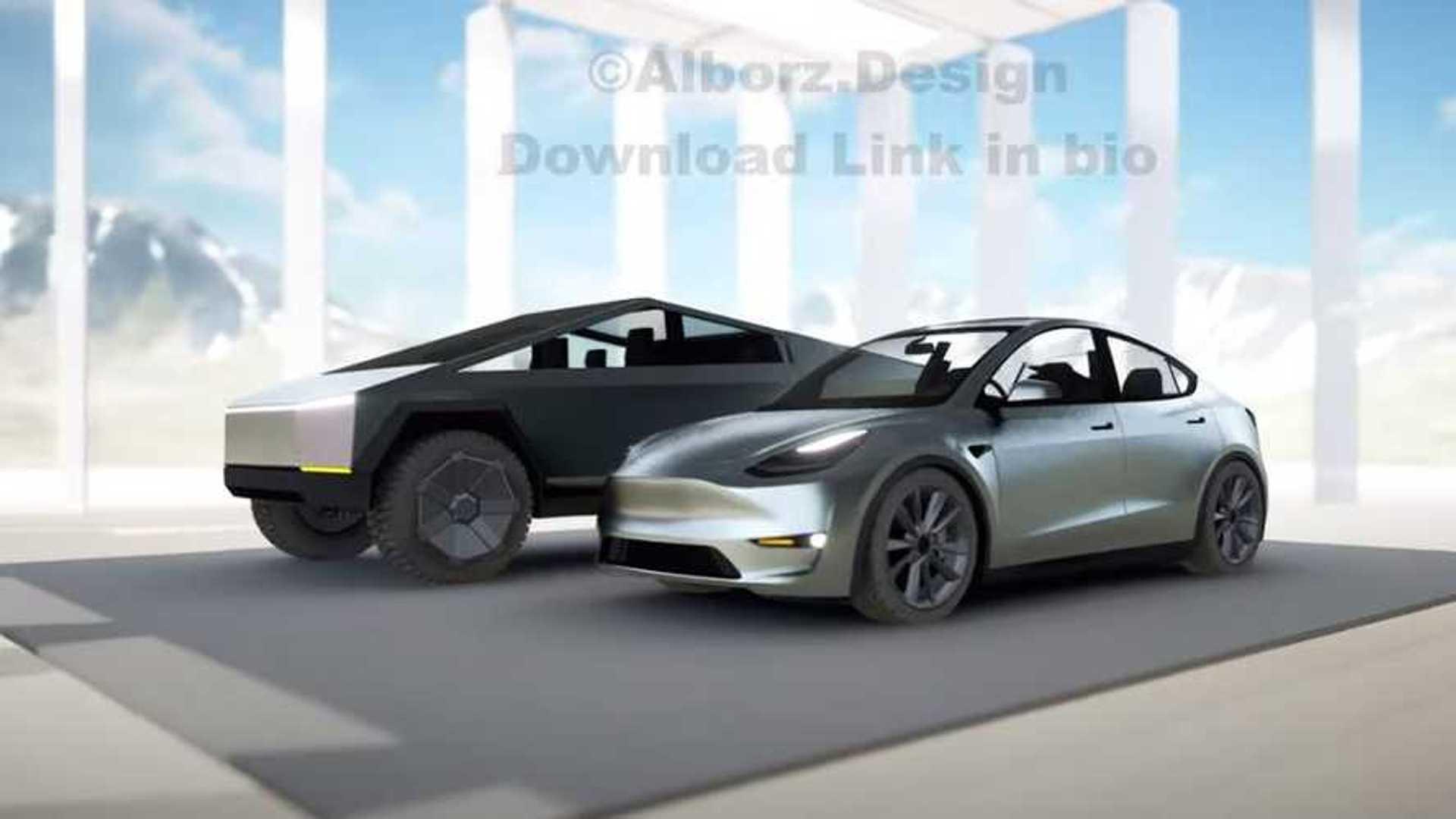In the high-stakes world of electric vehicle innovation, Elon Musk stands at a crossroads, eyeing a bold transformation for Tesla’s struggling narrative. The Model Y, once a beacon of hope, now finds itself wearing the aesthetic armor of the much-anticipated Cybercab—a design gambit that could either resurrect the company’s waning narrative or become another footnote in Musk’s unpredictable technological saga. As automotive enthusiasts and skeptics alike watch with bated breath, this strategic reimagining promises to challenge conventional design paradigms and potentially redefine Tesla’s market positioning in an increasingly competitive electric vehicle landscape. In the cutthroat world of electric vehicle innovation, Tesla’s strategic playbook is taking an unexpected turn. The company’s latest maneuver involves reimagining the Model Y with design cues that echo the futuristic aesthetic of the much-anticipated Cybertruck, signaling a bold attempt to reignite market enthusiasm.
Recent design sketches and insider reports suggest Elon Musk is pushing for a visual transformation that blurs the lines between Tesla’s compact SUV and the angular, unconventional Cybercab prototype. This aesthetic realignment isn’t just cosmetic; it’s a calculated move to inject new life into a product line that’s been struggling to maintain its once-unassailable market position.
The proposed redesign incorporates sharp geometric lines, more aggressive panel sculpting, and a more pronounced stance that draws direct visual inspiration from the Cybertruck’s revolutionary silhouette. Sources close to the design team hint at a complete exterior refresh that could make the Model Y appear more robust and technologically advanced.
Market analysts suggest this strategy is about more than visual appeal. By aligning the Model Y’s design language with the Cybertruck’s groundbreaking aesthetic, Tesla aims to create a unified brand identity that resonates with consumers seeking cutting-edge transportation solutions.
Moreover, the potential redesign comes at a critical moment. Tesla has experienced softening demand, increased competition from traditional automakers, and growing consumer hesitation about electric vehicle investments. The Model Y’s visual transformation could be a pivotal marketing strategy to recapture public imagination and demonstrate the brand’s ongoing commitment to innovation.
Manufacturing challenges and production scalability remain significant considerations. Tesla will need to balance design ambitions with practical production constraints, ensuring that the reimagined Model Y doesn’t become another expensive concept that never reaches widespread market adoption.
The timing is particularly strategic. As the automotive landscape becomes increasingly competitive, with legacy manufacturers and emerging EV startups vying for market share, Tesla must continually reinvent itself to maintain its technological leadership.
While complete details remain speculative, the potential redesign represents more than a cosmetic update. It’s a statement of Tesla’s ongoing commitment to challenging conventional automotive design and pushing technological boundaries. Whether this bold move will successfully reignite momentum remains to be seen, but one thing is certain: Elon Musk is not afraid to take significant risks in pursuit of automotive revolution.










